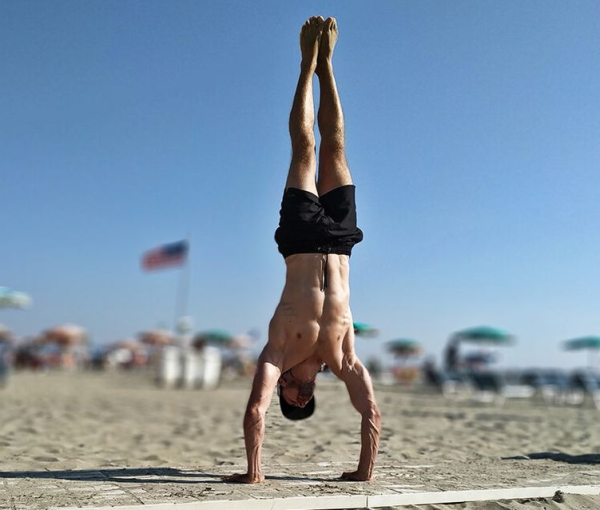
Many people are familiar with the feeling of being worn out and tired. My grandmother used to say, “I'm tired in winter,” humorously, implying that you don't get physically tired in winter; there's not much to do. But we still get tired. So, paraphrasing an old person, let's give our condition a new name: “Autumn-Winter Fatigue.” And perhaps what you're experiencing right now is called that?
A distinctive feature of this condition is the time of year. It's the autumn and winter period of our lives, when we don't want to go outside or even move our bodies at all. While we associate the blues with a depressed mood, apathy, and a feeling of emptiness, fatigue manifests itself as a physical ailment. During this period of fatigue, we constantly feel sleep-deprived and exhausted, everything literally falls out of our hands, and during the workday we dream of coming home and collapsing on the couch, wrapped in a blanket… Sometimes even the pre-New Year's bustle is disappointing – we have no energy for it!
Physically we get tired for two reasons:
1. If more effort was spent on completing a certain task than time.
2. If we have worked for a long time.
“Autumn-winter fatigue” isn't related to either of these conditions. We sit in the office all day, without any physical exertion. The peculiarity of this fatigue is its periodicity; it will recur within a year.
“I need to do something,” you mumble softly from under the blanket. That's right – do something. The cure for this kind of fatigue isn't adequate sleep and rest, but physical activity. No matter how much you sleep, you can't get enough sleep. We're not bears who hibernate, and unfortunately, not everyone can afford to fly south like birds. So we wake up, or rather, we get to work. It's a paradox, of course, but this is the only way to overcome fatigue and exhaustion.
The inevitable companion of “autumn fatigue” is depression. Lack of initiative and apathy are the marks autumn, the saddest time of year, leaves on our mood. Research has shown that only physical activity can help overcome these seasonal ailments. It has been established that exercising three times a week reduces the risk of depression by almost 20%. The symptoms of this “I don't want anything” condition disappear almost immediately after exercise. And with regular exercise, you can say goodbye to the blues forever and embrace a positive mood.
But the first thing you need to do is drag yourself out from under the cozy blanket and head to the store for… chocolate. This product is known to improve your mood and stimulate the production of the joy hormone, endorphin. And in winter, it warms you up if you drink it hot and liquid. Just make sure to choose dark chocolate with at least 75% cocoa content. Only this kind of chocolate will be beneficial, unlike delicious milk chocolate.
Now let's get to the exercises. Do you have a large ball? In fitness, they call it a fitball. But any ball will do, as long as it's of a decent size. Whether we're reverting to childhood during the workout, or rather jumping up and down, or whether the exercises with the ball itself invigorate us, is unknown. But these exercises have a remarkable effect on a person's psycho-emotional state.
Here are some of the exercises:
1. While sitting on the ball, rock only your upper body, leaning to the right, left, and forward. Your hands can be on your hips or raised up. Your feet should be firmly planted on the floor to maintain stability and balance.
2. Lie face down on the ball, supporting yourself with your toes extended. Raise your upper body, keeping your hands behind your head. This will give your back and abdominal muscles a good workout.
3. Now roll over onto your back. Roll on the ball, alternately bending and straightening your knees. This exercise is essential for the spine. You're rolling it around the ball, forcing it to relax and release tension. Grasping the ball from behind, lift your pelvis, bouncing it on the ball.
4. Lie on the floor with the ball between your bent knees. Try to straighten your legs while keeping the ball between them. Now bend them again. Your goal is not to drop the ball.
There are countless exercises you can do with a fitball. The examples listed above can serve as inspiration for your imagination. Just pick up the ball, and it will guide you through the next steps.
If you don't have a fitball and aren't up for this kind of exercise, don't despair. Any physical activity will do. And you don't necessarily need to go to the gym. You can move around and twirl a hula hoop to rhythmic music at home. Any exercise can be done as physical exercise. The main thing is that it brings you pleasure and puts you in a good mood.
Don't exhaust yourself with workouts, hoping to achieve visible results quickly. Our goal is to lift your spirits and get you moving. And you'll succeed!






